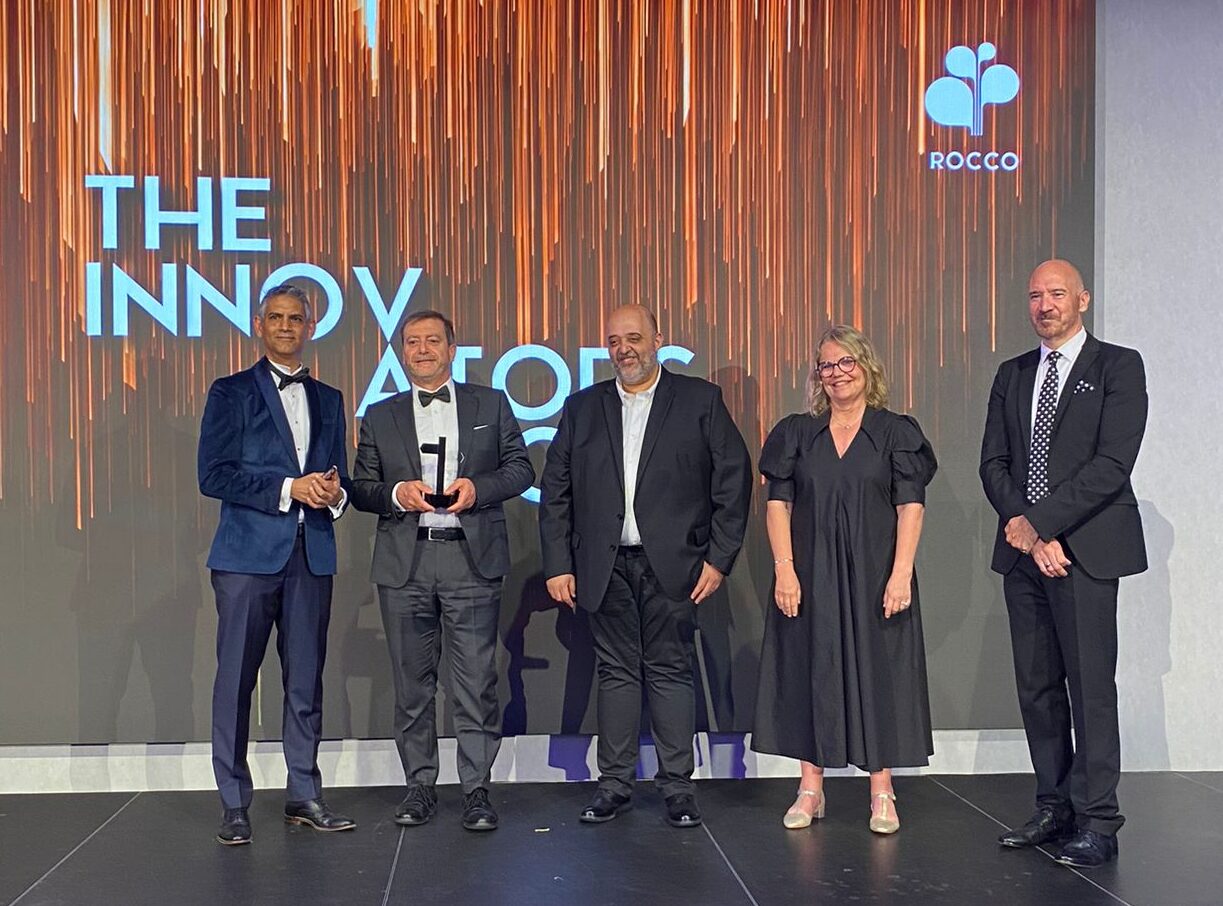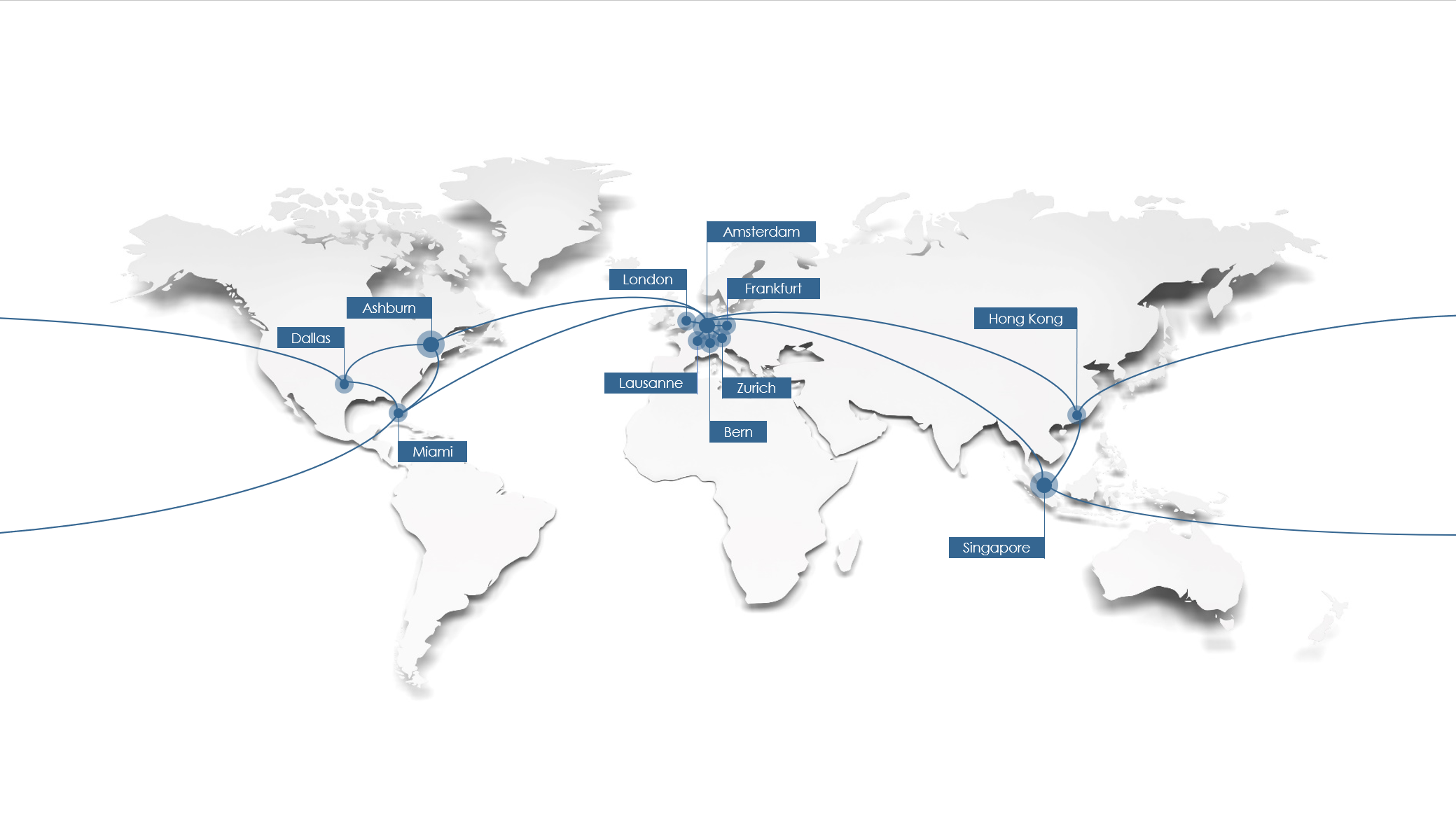The rise of the machines is real! M2M devices are increasing year on year, bucking the trend in roaming. The past two years have seen dramatic changes to our global society with Roaming revenues being severely affected by the restrictions placed on international travel.
Therefore, it is more important than ever for Roaming Managers to maximise all potential roaming revenue.
One area of international roaming that remains unaffected is M2M roaming. The majority of these devices are Permanent Roamers that are unchanged by the consequences of a global public health emergency.
The M2M roaming market

According to independent consulting group “Kaleido Intelligence“, there were two billion IoT / M2M devices deployed by the end of 2021, and around 15% (or around 308 million) of these were roaming.
With an expected CAGR (Compound Annual Growth Rate) of circa 20-25% in the next five years there is still substantial growth expected in the number of Roaming IoT/ M2M devices.
More growth, less revenue
Despite this growth of M2M devices, there is quite often minimal or no corresponding growth in roaming revenue.
The reason for this is relatively simple: M2M devices often make very small data sessions of a few hundred kilobytes per session (or less) whereas wholesale IOT data rates are often charged in terms of “dollars per Gigabyte” which equates to “cents per Megabyte”. This can result in these “permanent roamers” utilising the VPMN almost free of charge, whilst still using the network resources of the visited network.
Whilst each IoT / M2M device accounts for a small session, the culmination of not effectively charging for these M2M devices can result in a large loss of potential revenue for your business. In a period where roaming margins are both shrinking and also affected by global events, every additional revenue stream is a valuable asset to be monetised wherever possible.
How can you monetise the M2M roaming traffic in your network?

You cannot effectively charge for the M2M devices in your network if you cannot detect them.
Therefore, the first step is to analyse the M2M traffic in your network so that you can better understand the types and numbers of M2M devices you have as well as the associated traffic patterns.
The most commonly used method for identifying IoT / M2M devices is to use the IMEI information as defined by the GSMA’s IMEI database. However, with high numbers of new devices constantly being released onto the market, it is difficult and time consuming to keep track of the IMEIs for the multitude of different devices. Comfone, with our extensive M2M experience uses other data streams to provide a complete analysis of the M2M devices in your network.
Once your M2M traffic is detected and visualised, there is then the question of analysing and segmenting this traffic so that you can understand which devices with which roaming partners you would like to charge for, and what pricing model you would like to apply. Finally, in order to ensure that you are actually paid for these devices an automated process for implementing the agreed charging model, producing and sending the relevant invoice and credit-collection is required.
How can we overcome the hurdles with visualising, analysing and monetising M2M traffic?
Comfone’s unique suite of roaming services provides a perfect solution to the question of how to visualise, analyse and monetise M2M roaming devices that are currently in your network.
By combining different elements of our Key2roam Platform, we can support you with a complete end-to-end process to monetise these M2M devices that are currently providing you little to no revenue despite using your network resources
As a first step, Comfone detects the M2M traffic in your network (based on either the IMEI and / or the APNs being used) and produces a monthly list of M2M IMSIs that are active in your network.
With these reports, you can identify roaming partners with a large number of M2M devices in your network, including an overview of the traffic and revenue generated by these devices as well as a comparison with traditional roaming business that you have with each Roaming Partner.

The sample shown in the chart below, shows a breakdown per Roaming Partner (based on TADIG code) depicting both M2M and traditional roamers in the MNO’s network. To take one case from this example, over 95% of the IMSIs from “Operator E” are M2M devices with circa 110 thousand devices generating just SDR 156 or, to put it another way, just SDR 0.0014 per device per month.

This information serves as a useful starting point for you to have a sensible discussion with your Roaming Partners concerning charging models for M2M devices. Nonetheless, as this is a new manner of charging, many MNOs are unsure of which basis should be used for charging M2M devices, and also which charging model to apply. As part of Comfone’s M2M End2End Monetisation service we also provide consulting services to assist with these discussions with your Roaming Partners.
Once you have then agreed on the charges to be applied and signed an agreement with the roaming partner, Comfone will configure the rating engine and process the M2M traffic to issue the corresponding M2M invoice.
As you can see, this fully end-to-end process supports you from the beginning to end, freeing up your time to do other things whilst also gaining extra revenue for your roaming business!
What you can achieve

M2M roaming traffic is one of the few areas of growth in roaming today.
Only Comfone’s Key2roam Platform can provide and manage all of the required elements and processes to successfully monetise M2M traffic.
We integrate all core roaming services in one place, and our goal is to support you in every aspect of your roaming business.
We serve you by recognising new areas of growth, acting on your behalf as expert consultants to benefit your business.
Not only do we help you to visualise your M2M traffic, but take a step further by analysing the data, helping you to recognise the issue and monetise the M2M traffic.
Comfone’s M2M End2End Monetisation service is a complete outsourcing using fully automated processes thereby ensuring that you can minimise the time required to effectively charge for M2M devices that are currently in your network.





